When it comes to renovating or upgrading your bathroom, one element that often gets overlooked is the shower pan. Decorative shower pans can elevate the aesthetic of your bathroom while providing a functional base for your shower. In this comprehensive guide, we will delve into everything you need to know about decorative shower pans, including their types, advantages, installation tips, maintenance, and much more!
What is a Decorative Shower Pan?
A decorative shower pan is a base for your shower that not only serves a functional purpose but also enhances the overall design and aesthetic of your bathroom. Unlike standard shower pans that prioritize utility, decorative options come in various materials, colors, and designs, allowing homeowners to incorporate personal style into their bathrooms.
Importance of Shower Pans in Bathroom Design
Shower pans are crucial to preventing water leaks, ensuring proper drainage, and maintaining the structural integrity of your bathroom. A decorative shower pan can seamlessly blend functionality and style, making it an essential element in modern bathroom design.
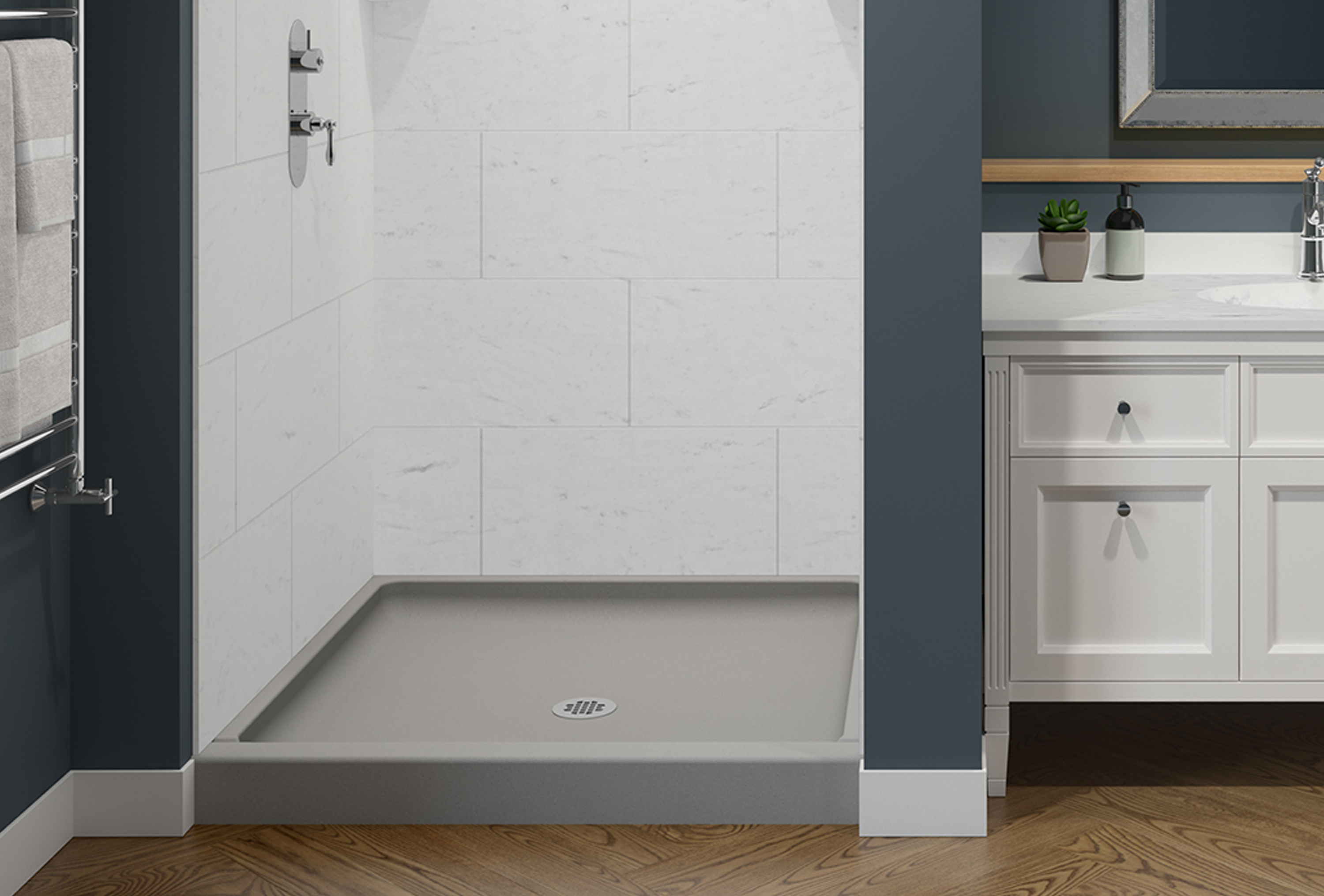
Key Functions of Shower Pans
- Water containment: Prevents water leakage.
- Drainage: Helps direct water to the drain.
- Structural support: Provides a solid foundation for your shower.
Types of Decorative Shower Pans
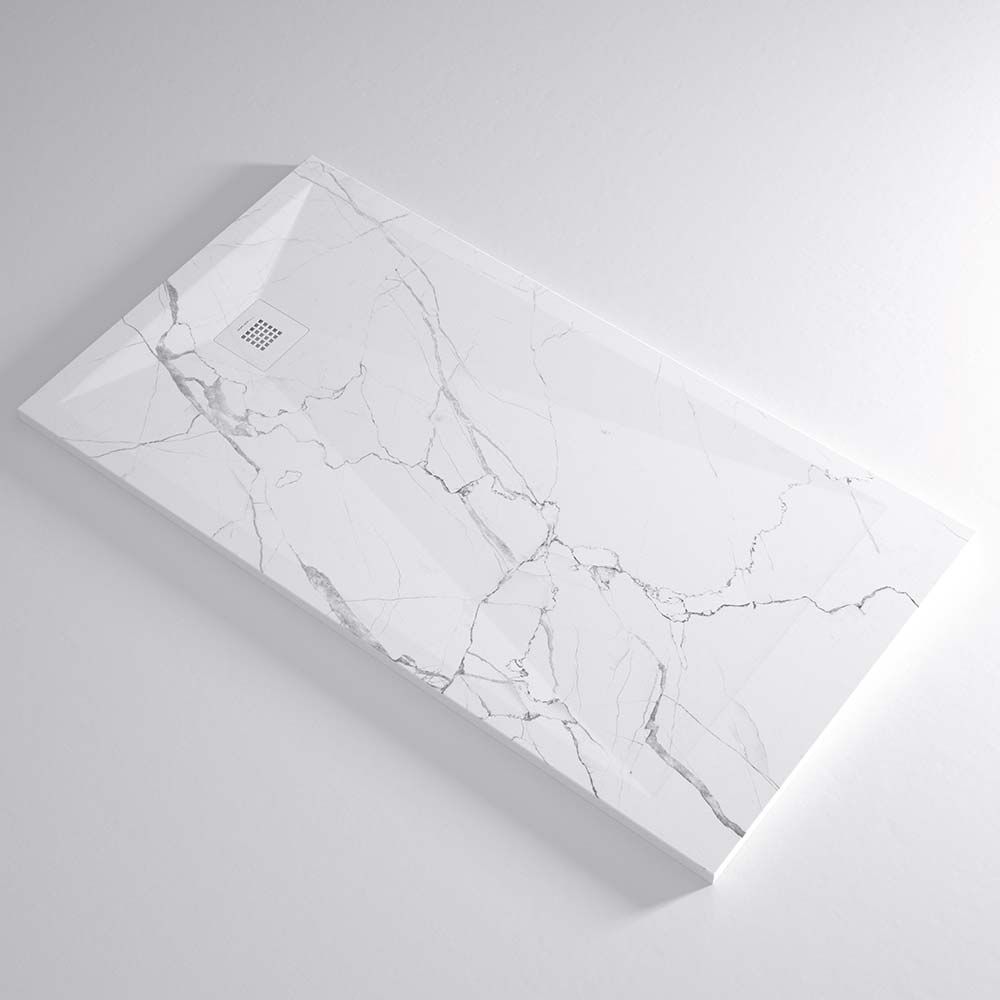
Understanding the different types of decorative shower pans can help you make an informed decision. Below, we explore the most popular options.
1. Acrylic Shower Pans
Acrylic shower pans are lightweight and come in various colors and styles. They are easy to clean and resistant to mold and mildew.
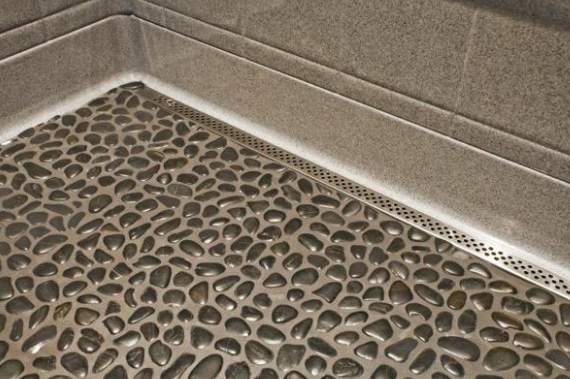
Pros and Cons of Acrylic Shower Pans
| Pros | Cons |
|---|---|
| Lightweight and easy to install | Can be prone to scratches |
| Variety of designs | May fade over time |
| Easy to clean | Less durable than other materials |
2. Ceramic Tile Shower Pans
Ceramic tile shower pans offer endless design options, allowing for intricate patterns and styles. They are durable and can withstand heavy use when properly installed.
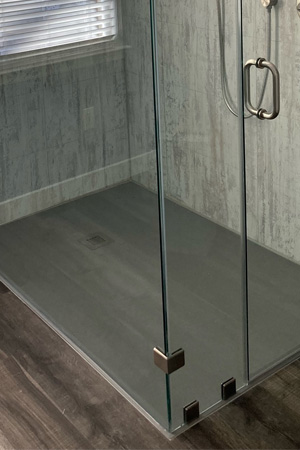
Pros and Cons of Ceramic Tile Shower Pans
| Pros | Cons |
|---|---|
| Highly customizable | Can be expensive to install |
| Durable | Grout lines can become dirty |
| Resistant to water damage | Can be slippery when wet |
3. Fiberglass Shower Pans
Fiberglass shower pans are known for their affordability and versatility. They are lightweight and easy to install but may not be as aesthetically pleasing as other options.

Pros and Cons of Fiberglass Shower Pans
| Pros | Cons |
|---|---|
| Affordable | Sensitive to scratching |
| Lightweight and easy to handle | Limited design options |
| Good water resistance | Can fade over time |
4. Natural Stone Shower Pans
Natural stone shower pans, such as granite or marble, offer a luxurious appearance that can dramatically enhance your bathroom’s ambiance. However, they require more maintenance and care.

Pros and Cons of Natural Stone Shower Pans
| Pros | Cons |
|---|---|
| Elegant and unique appearance | Expensive |
| Durable and long-lasting | Requires regular sealing |
| Resistant to water damage | Can be heavy and difficult to install |
Choosing the Right Decorative Shower Pan
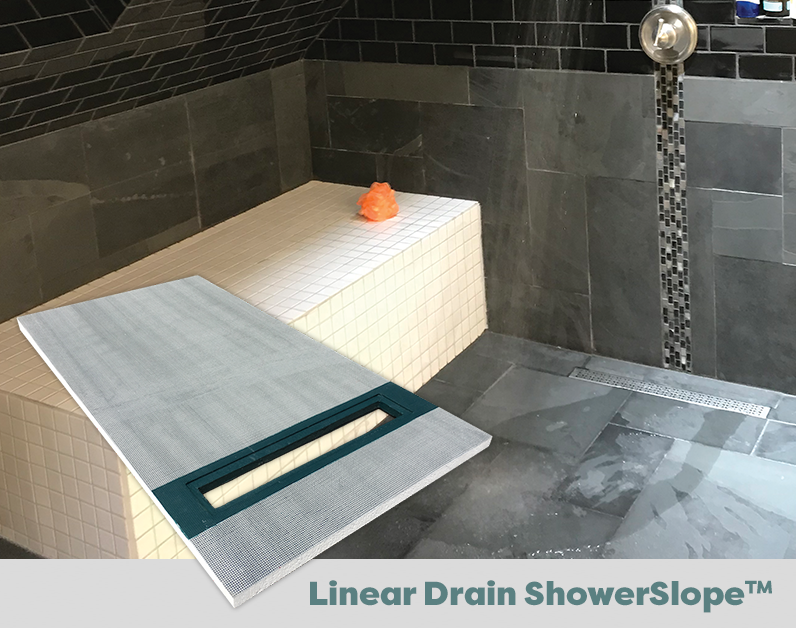
When choosing a decorative shower pan, consider the following factors:
1. Bathroom Size and Layout
Make sure to measure the space where the shower pan will be installed. Some pans are designed for corner showers while others work best in larger, more open spaces.
2. Style and Aesthetic
Your shower pan should complement your overall bathroom design. Think about colors, materials, and styles that match or enhance your existing decor.
3. Budget Considerations
Decorative shower pans vary significantly in price. Set a budget and consider installation costs in addition to the product price.
4. Maintenance Requirements
Different materials require varying levels of maintenance. Consider how much time and effort you’re willing to dedicate to keeping your shower pan looking great.
Installation Guide for Decorative Shower Pans
Proper installation is key to ensuring your shower pan lasts and functions correctly. Below is a step-by-step guide that will simplify the installation process.
Tools and Materials Needed
- Shower pan kit
- Silicone caulk
- Level
- Tile adhesive (if applicable)
- Saw for cutting (if necessary)
- Measuring tape
- Drain assembly
- Safety gear (gloves, goggles)
Step-by-Step Installation Process
- Prepare the Area: Ensure the subfloor is clean and level. Remove any old materials and debris.
- Measure and Cut: Measure your shower space and cut the shower pan if necessary, following the manufacturer’s instructions.
- Install the Drain: Follow the instructions provided for installing the drain assembly.
- Set the Shower Pan: Place the shower pan into position and ensure it is level. Adjust as necessary.
- Seal Edges: Apply silicone caulk around the edges to prevent water leakage.
- Tile or Finish the Surround: If using tiles, apply adhesive and start tiling. Allow time for drying.
Maintenance Tips for Decorative Shower Pans
Keeping your decorative shower pan in top condition is crucial for longevity. Here are some maintenance tips to consider:
1. Regular Cleaning
Use a mild detergent and a soft cloth or sponge to clean your shower pan regularly. Avoid harsh chemicals that can damage the surface.
2. Inspect for Damage
Regularly check for cracks, chips, or signs of mold buildup. Address any issues promptly to prevent further damage.
3. Seal Natural Stone
If you have a natural stone shower pan, consider sealing it every year to prevent stains and moisture absorption.
Cost Considerations for Decorative Shower Pans
Understanding the costs associated with decorative shower pans can help you budget effectively. Here’s a breakdown of potential expenses:
Average Cost of Decorative Shower Pans
| Type of Shower Pan | Average Cost (Material Only) | Installation Cost |
|---|---|---|
| Acrylic | $300 – $600 | $200 – $400 |
| Ceramic Tile | $500 – $1,200 | $300 – $700 |
| Fiberglass | $200 – $500 | $150 – $300 |
| Natural Stone | $800 – $2,000+ | $500 – $1,500 |
Conclusion
Decorative shower pans are not just a functional piece of your bathroom; they are a vital element of your home’s aesthetic appeal. By understanding the various types, benefits, installation processes, and maintenance requirements, you can make an informed decision that enhances both your shower experience and the overall ambiance of your bathroom.
FAQs About Decorative Shower Pans
1. What materials are best for shower pans?
The best material depends on your preferences and budget. Acrylic and fiberglass are affordable and lightweight, while natural stone offers luxurious aesthetics but requires more maintenance.
2. How do I prevent mold in my shower pan?
Regular cleaning, proper sealing (for stone), and adequate ventilation will help prevent mold growth in your shower pan.
3. Can I install a shower pan myself?
If you have basic DIY skills and tools, installing a shower pan can be a manageable project. However, professional installation is recommended for complex designs or materials.
4. How often should I clean my shower pan?
It’s best to clean your shower pan weekly to avoid soap scum and mildew buildup.
5. Are decorative shower pans slip-resistant?
Many manufacturers produce slip-resistant options, especially in ceramic and natural stone finishes. Always check product specifications before purchasing.